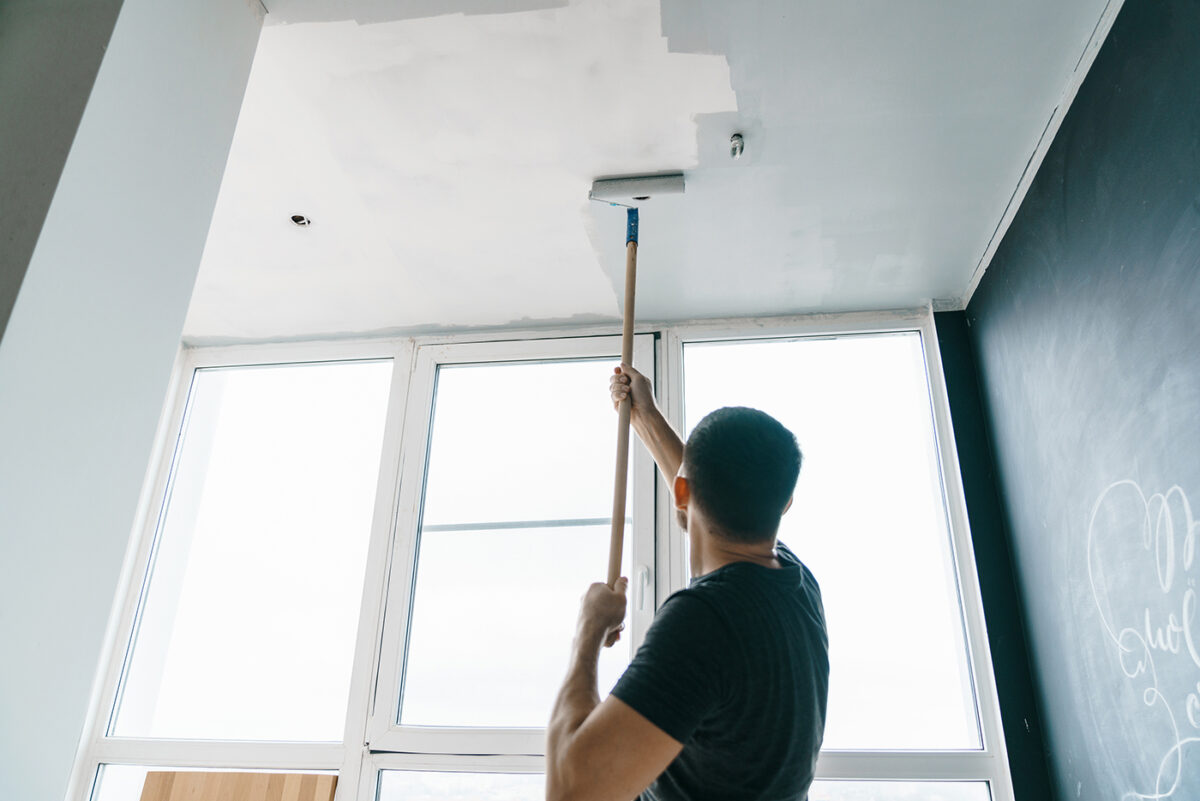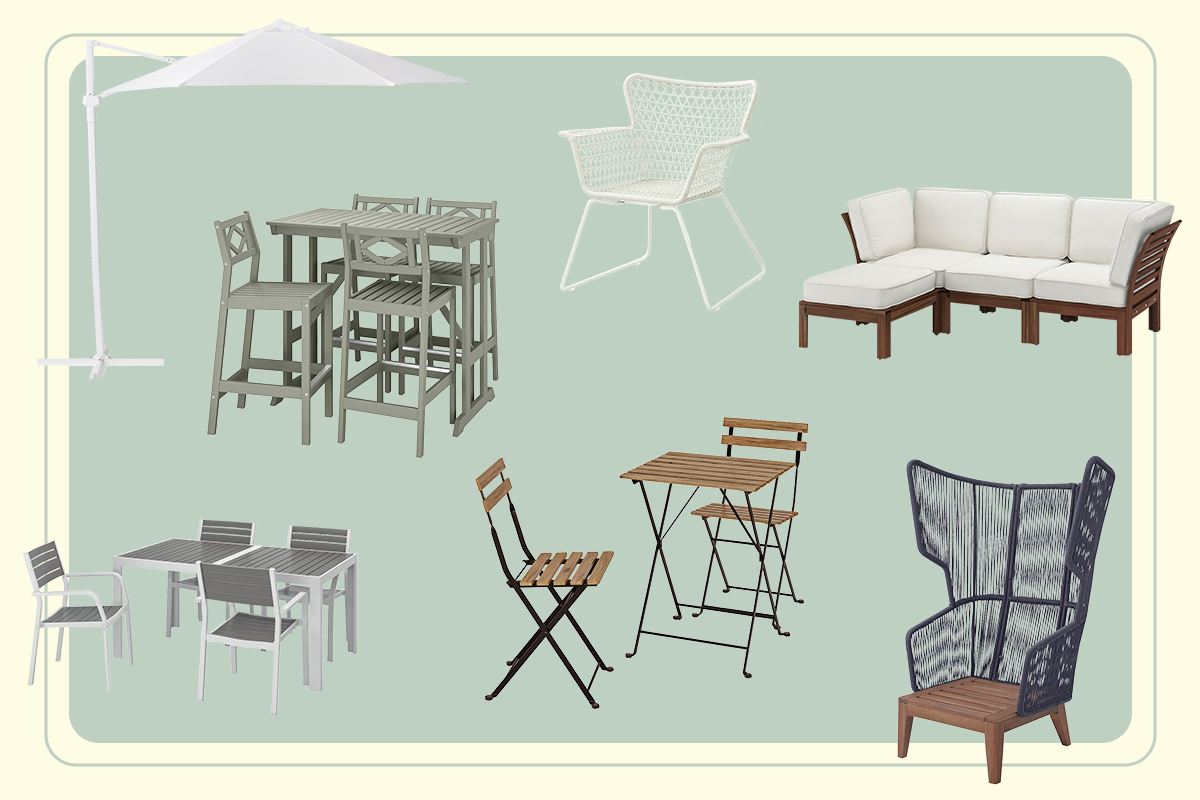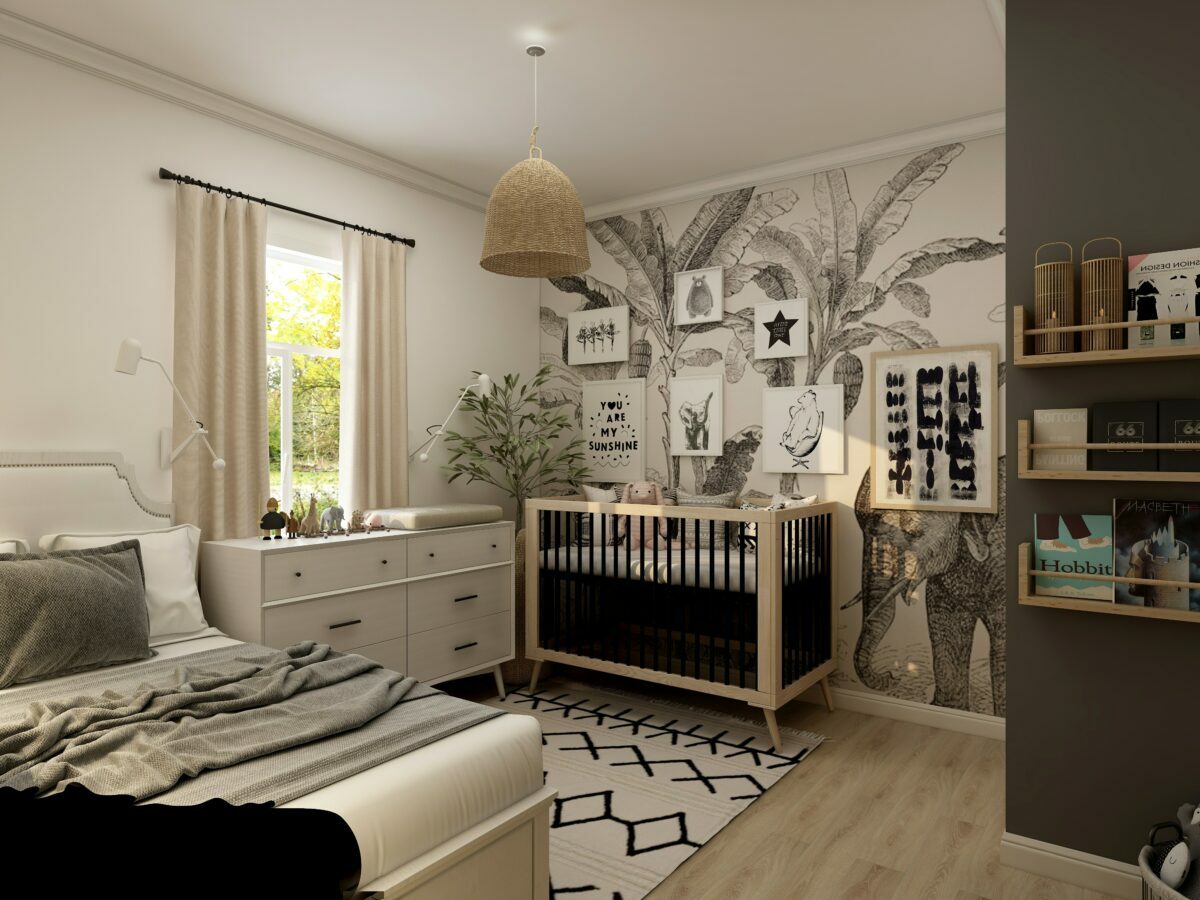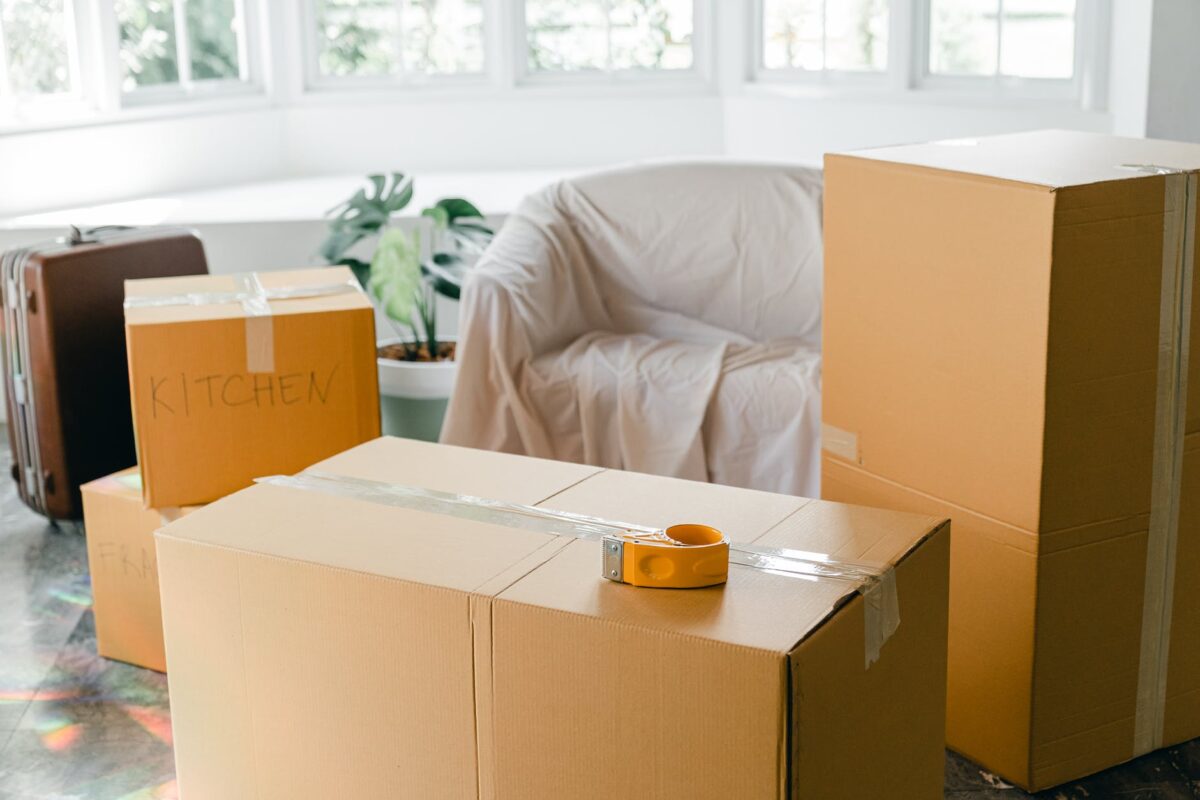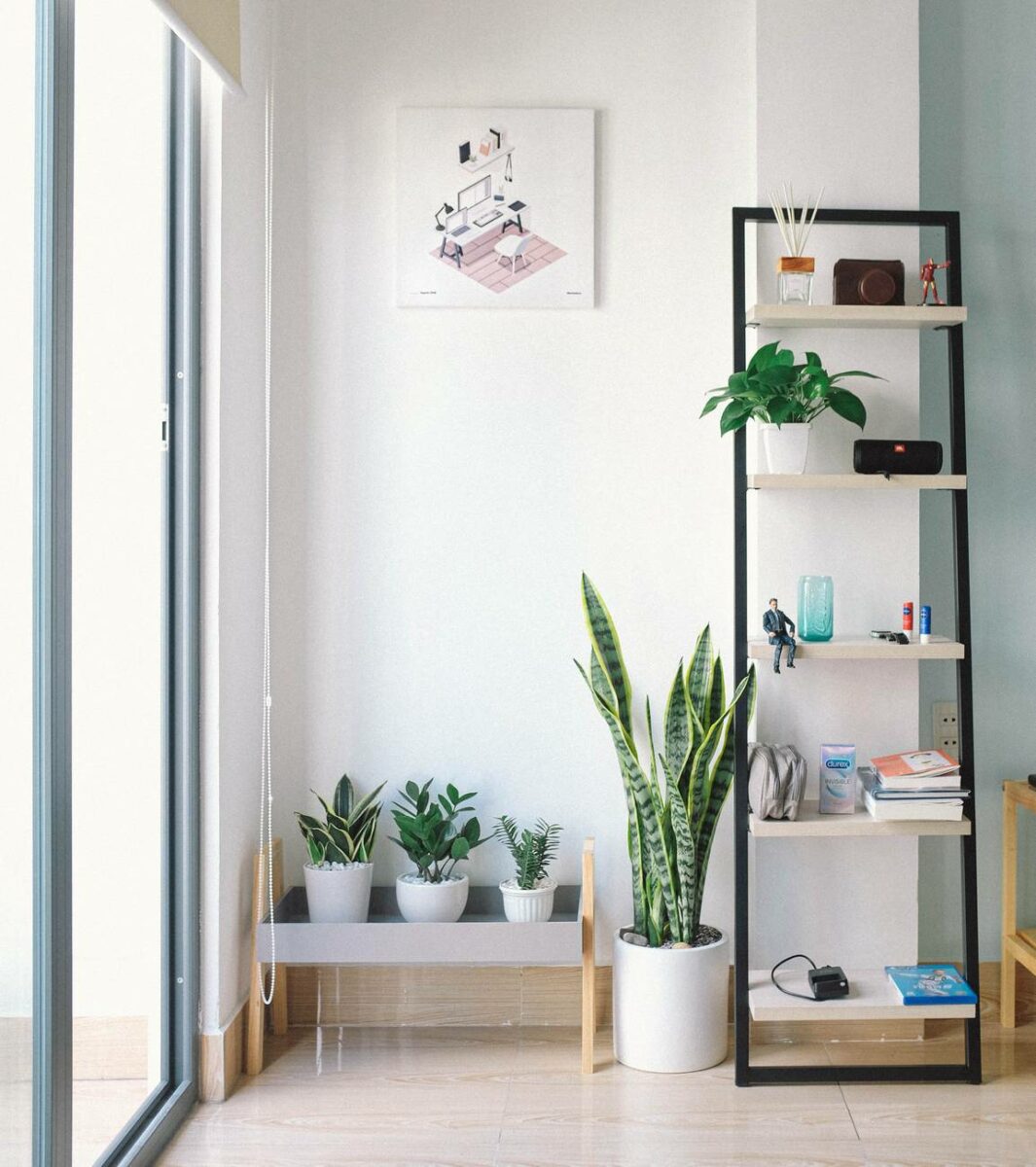In the realm of modern interior design, a trend that has been gaining traction is painting the ceiling the same color as the walls. This approach can create a cohesive and elegant look in any room of your house, whether you’re aiming for a minimalist vibe or a cozy, enveloping atmosphere. It’s all about your personal preference!
We all know white walls can often feel lackluster. Homeowners and designers alike are exploring the potential of design ideas that incorporate painting walls and ceilings the same color, because it can transform spaces in innovative ways. But what exactly are the benefits and drawbacks of this technique, and how do you choose the best ceiling and wall colors to make it work? In this article, we’ll dive into the pros and cons of painting your white ceiling the same color as the walls and provide tips on selecting the best shades and finishes to suit your home.
Pros and Cons of Painting Your Ceiling the Same Color as Walls
Should you paint your ceiling the same color as your walls? The answer will depend on your taste. There are pros and cons, which we’ll outline below.
Benefits of Choosing the Same Color
Below are just a few benefits of painting your ceiling the same color as your walls.
It’s Cheaper
Painting the ceiling the same color as your walls can be more cost-effective. You only need to purchase one type of paint, and you might even get a discount for buying in bulk. Additionally, it reduces the time and effort spent on taping and ensuring crisp lines between different colors, which can save on labor costs if you’re hiring Painting Taskers.
Easier and Faster Process
Using the same paint for both the ceiling and walls simplifies the painting process. Without the need for careful taping and switching between paints, the task becomes more straightforward and quicker. This can be especially beneficial for DIY enthusiasts looking to refresh their space with minimal hassle.
Makes the Ceiling Look Higher
When you’re painting walls and ceilings the same color, the lack of contrast can make the room feel more expansive. This technique can create the illusion of higher ceilings, which is particularly advantageous in rooms with low ceilings, making them feel airier and more spacious.
Creates a Cohesive Look
A unified color scheme can bring a more harmonious and less cluttered feel to your room look. This is ideal for those who prefer a minimalist aesthetic, as it eliminates visual distractions and highlights other design elements like furniture and home decor.
Disadvantages of Painting Them the Same Color

If you’re considering painting your walls and ceilings the same color, be aware that there are a few potential downsides. They’re by no means dealbreakers, but you’ll definitely want to consider them when considering ceiling paint vs. wall paint.
1. No Contrast
One of the primary drawbacks is the lack of contrast. Without a distinct ceiling color, the room can sometimes feel too monotone. This can make it challenging to highlight architectural features such as crown molding or paneling, which may get lost in the uniform color scheme.
2. The Room Can Feel Smaller
While a single color can make ceilings appear higher, it can also make any room in your house feel smaller and more enclosed. This effect can be particularly pronounced in small rooms, where the absence of visual breaks might make the space feel tighter.
3. The Room Can Look Boring
A room painted entirely in one color can sometimes lack the visual interest that contrasting colors provide. This might make the space feel less dynamic and more monotonous, especially if the chosen color is a neutral shade without much character.
4. Difficult to Change Design Elements
When the ceiling and walls are the same color, it becomes harder to change design elements without a complete repaint. If you decide to add an accent wall or incorporate different light or dark colors later, you may find it more challenging to integrate these changes seamlessly. Should you paint the ceiling the same color as the walls if you enjoy frequently updating your decor? This is an important consideration, as it might limit your design flexibility.
5. Ceiling Paint vs. Wall Paint Considerations
It’s important to note that ceiling paint vs. wall paint differences can impact the final look. Ceiling paints are usually formulated to be matte and hide imperfections, while wall paints come in various finishes like eggshell, semi-gloss, and matte. Using the same light paint or dark paint for both surfaces might not always yield the best results, as the ceiling’s matte finish could differ in texture from the walls, potentially affecting the room’s overall aesthetic.
Tips on How to Select the Right Color and Finish

Choosing the right color and finish for your ceiling and walls involves considering the room’s function, size, and lighting conditions. For when you’re finalizing your decision on what color to paint your ceiling, here are some tips to help you make the best choice:
- Lighter colors look cleaner: Lighter shades can make a room feel clean and airy. They reflect more natural light, making the space appear brighter and more welcoming. This is particularly effective in rooms with limited natural light.
- Darker ceilings look more modern: Darker ceilings can create a modern, sophisticated look. This approach works well in larger rooms or spaces with high ceilings, adding depth and a touch of drama.
- Light ceiling works great for small spaces: Using a light color for the ceiling can help small rooms feel larger. It prevents the space from feeling boxed in and enhances the sense of openness.
- Consider the room’s function: The function of the room should guide your color choice. For instance, a serene light blue might be ideal for a bedroom, promoting relaxation, while a more vibrant hue could energize a home office or dining room.
- Match the finish to the room’s use: Different finishes serve different purposes. A matte finish is great for ceilings, as it hides imperfections, while an eggshell, semi-gloss, or flat finish on walls can be more durable and easier to clean—ideal for high-traffic areas.
- Use undertones to your advantage: Pay attention to the undertones in your chosen paint color. A paint color with the right undertone can complement your furnishings and enhance the room’s overall aesthetic.
- Consult with professionals: If you’re unsure about which colors or finishes to choose, consulting with experienced painters can be immensely helpful. Taskrabbit’s Painting Taskers can provide helpful advice and ensure a flawless application.
Painting your ceiling the same color as your walls can transform your space, creating a unified and modern look. While choosing what color to paint your ceiling in relation to your walls can be fun, there are pros and cons to this approach. Understanding them can help you make an informed decision that suits your style and the specific needs of your living room, kitchen, dining room, bedroom, or bathroom. Whether you opt for light colors to brighten a space or dark shades for a dramatic effect, choosing the right non-white paint color and finish is crucial. Your best ceiling awaits!
At Taskrabbit, we offer professional painting services to help bring your vision to life. Experienced Taskers can provide meticulous execution, ensuring your home looks its best. Transform your space with ease and confidence by booking Taskrabbit’s Painting Services today.
